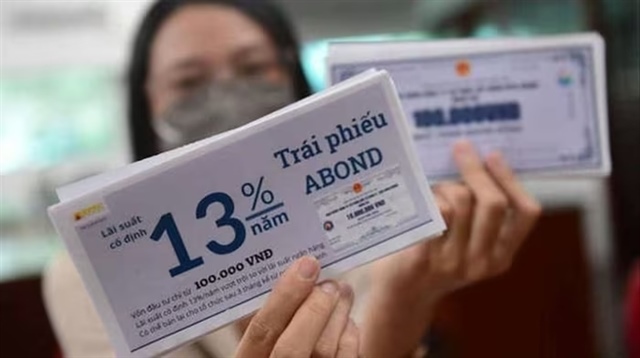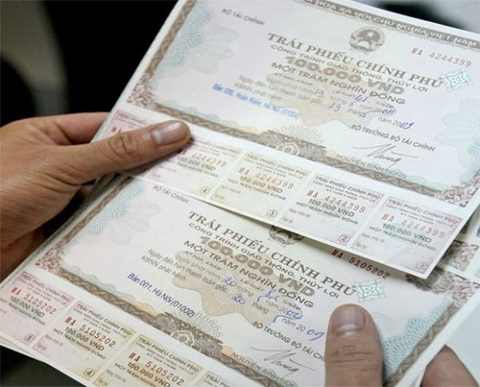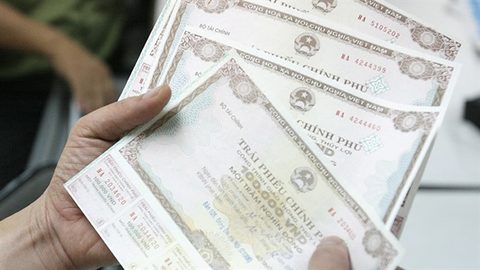Changed taste boosts long-term G-bond trading
Changed taste boosts long-term G-bond trading
Trading of long-term Government bonds (G-bonds) in the first five months of 2017 has seen improvements compared to 2016 due to changing tastes of institutional investors.

The improvements include increasing bond maturity terms, the percentage of long-term bonds over total amount of bonds, which were successfully auctioned, is higher and all yield rates declined in comparison with 2016’s figures.
According to the Ha Noi Stock Exchange (HNX), investors have shown more interests in long-term G-bonds as the percentage of issued bonds, whose maturity is over 15 years, is equal to 45.8 per cent of the total amount of market’s bonds.
Since the beginning of 2017, the HNX has held 122 bond auctions, raising a total VND121 trillion (US$5.38 billion).
Of the issued G-bonds, the percentage of 15-year bonds is 17.5 per cent, of 20-year bonds is 10.4 per cent, and of 30-year bonds is 17.9 per cent.
After the first five months of 2016, the Government raised a total VND167 trillion from bond issuance with five-year bonds attracting investors’ interest, occupying nearly 70 per cent of total issued bonds.
The average maturity of G-bonds in the first five months is 13.8 years, an increase of 5.53 years from 2016’s number.
One of the reasons for the rise of long-term G-bonds, according to HNX, is high interest of insurance-finance companies, which are keen on long-term maturity.
There are three main factors for rising interests of insurance-finance companies in long-term G-bonds, local media reported.
The first is the improvement of Viet Nam’s economic outlook in the eyes of foreign investors with the US-based credit rating agency Fitch Ratings in May revising its outlook on Viet Nam’s long-term foreign and local currency issuer default ratings (IDR) to Positive from Stable and affirmed the ratings at "BB-".
Foreign investors have shown more interest in Viet Nam on its stable macroeconomic conditions, especially when the Government takes inflation and foreign exchange rates into its major concerns.
Inflation and foreign exchange rates are the two decisive elements that can determine the profits for foreign investors’ G-bond investments as the two factors move opposite to the yield of G-bonds.
Secondly, G-bonds have become a safe haven for both investment funds to keep their portfolios balanced and secure with the inclusion of both companies’ stocks and other assets, especially when the number of investment funds in Viet Nam is on the rise to grasp new opportunities on the local securities market, including the derivatives market that is expected to come into operation in June.
Thirdly, the annual yield rates for 20-30 year G-bonds are now ranging between 7.6 per cent and 7.9 per cent, higher than the yearly Open Market Operations (OMO) interest rates, which stay around 5 per cent, offering better interests for investors.



















